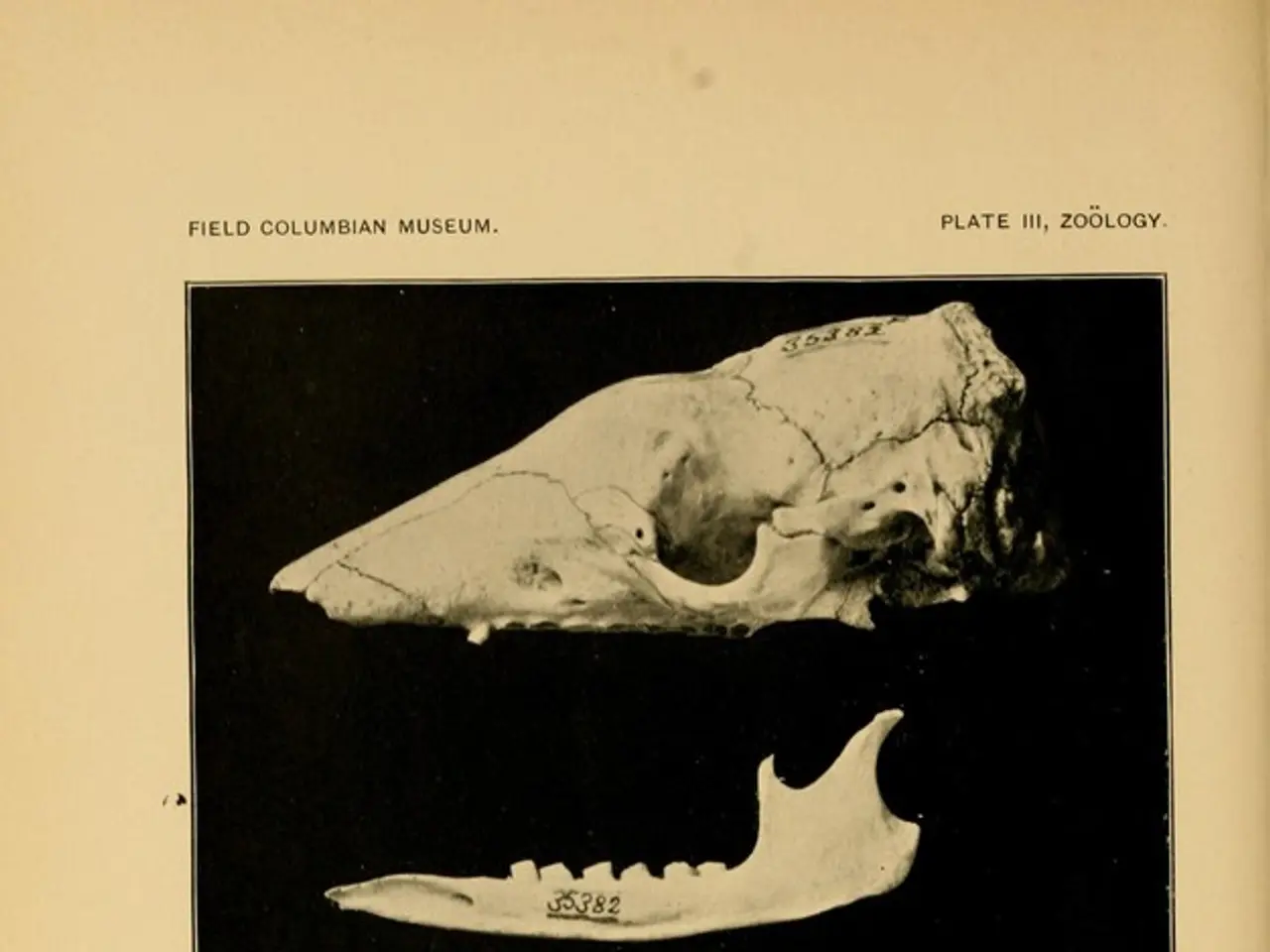Strategies for Guarding Male Bone Strength: Warding Off Osteoporosis
In the journey of life, maintaining good health is essential. For men, this includes taking a proactive approach to osteoporosis, a condition that can lead to fragile bones and increased risk of fractures, especially in older age (60+).
Osteoporosis occurs when bones lose density and strength, making them prone to fractures. One in four men over 50 will experience an osteoporotic fracture in their lifetime. This statistic underscores the importance of understanding the disease and adopting preventive measures.
A holistic approach to bone health is key. This includes strong muscles, healthy joints, mental wellness, proper nutrition, exercise, preventive care, hydration with clean water, and stress management. Regular weight-bearing exercise, activities that improve balance and flexibility, quitting smoking, moderating alcohol intake, maintaining a healthy body weight, and regular screenings are essential lifestyle strategies to prevent osteoporosis.
Proper nutrition is vital for bone health. Men over 50 should aim for 1,000-1,200 mg/day of calcium and 800-1,000 IU/day of vitamin D. Adequate protein, magnesium, zinc, vitamin K, and clean water are also important.
In middle age (40s-50s), maintaining bone density is crucial. This can be achieved through exercise, a nutrient-rich diet, and health screenings, while monitoring hormone levels and adjusting lifestyle habits as necessary.
Several factors contribute to bone loss in men, including aging, hormonal imbalances, nutritional deficiencies, sedentary lifestyle, smoking, alcohol, medications, chronic conditions, and excessive calcium excretion from high sodium. It's important to be aware of these risk factors and take steps to mitigate them.
In young adulthood (20s-30s), focus on building peak bone mass. This can be achieved through proper nutrition, regular exercise, and avoiding smoking or excessive alcohol. Bones are living tissues that constantly remodel themselves, involving a balance between osteoblasts and osteoclasts.
For men at higher risk or diagnosed with osteoporosis, medical treatment may include bisphosphonates, testosterone therapy, vitamin D and calcium supplements, denosumab, teriparatide, and selective estrogen receptor modulators.
Men account for 20-25% of osteoporosis cases, often with more severe outcomes. Common fracture sites in men include the hip, spine, and wrist, with hip fractures carrying the most serious risks.
By prioritising their well-being, men can enjoy better mobility, independence, and resilience, reducing the risk of fractures and complications in later years. A proactive approach to osteoporosis prevention includes awareness, early intervention, and consistent healthy habits.






